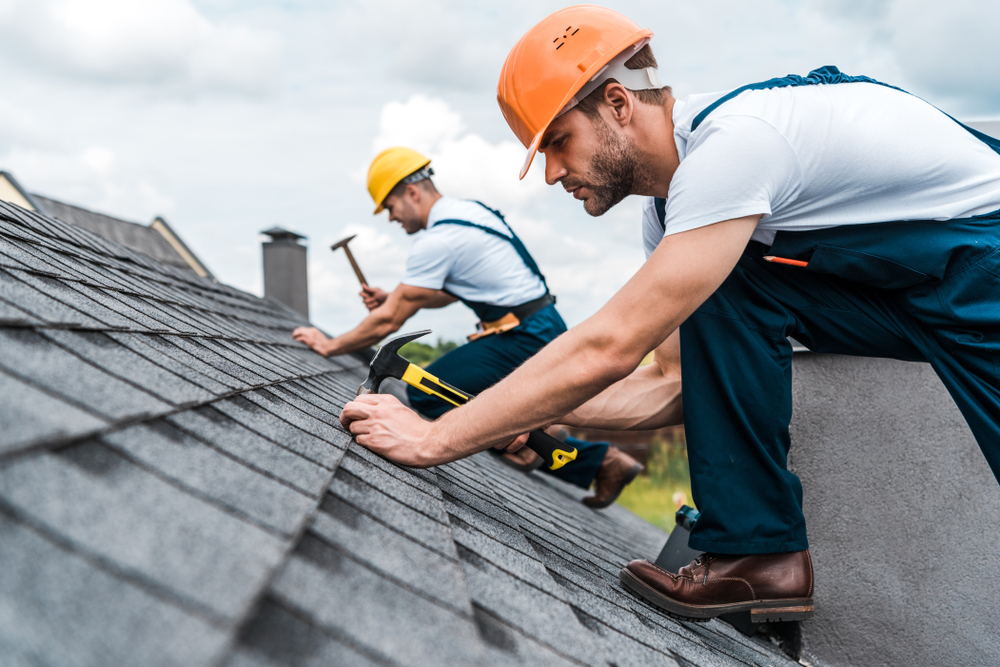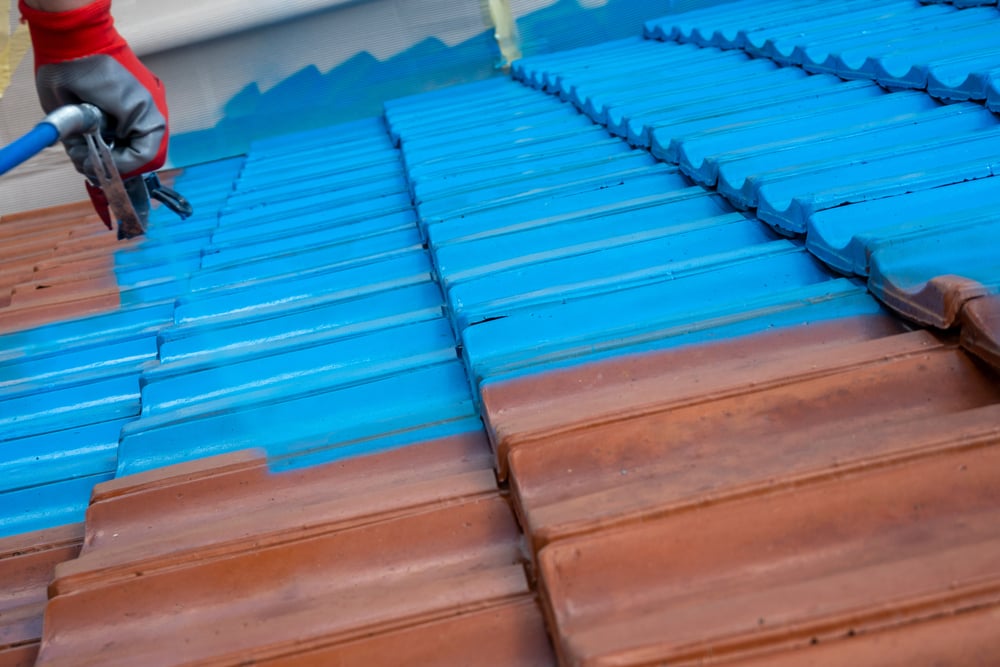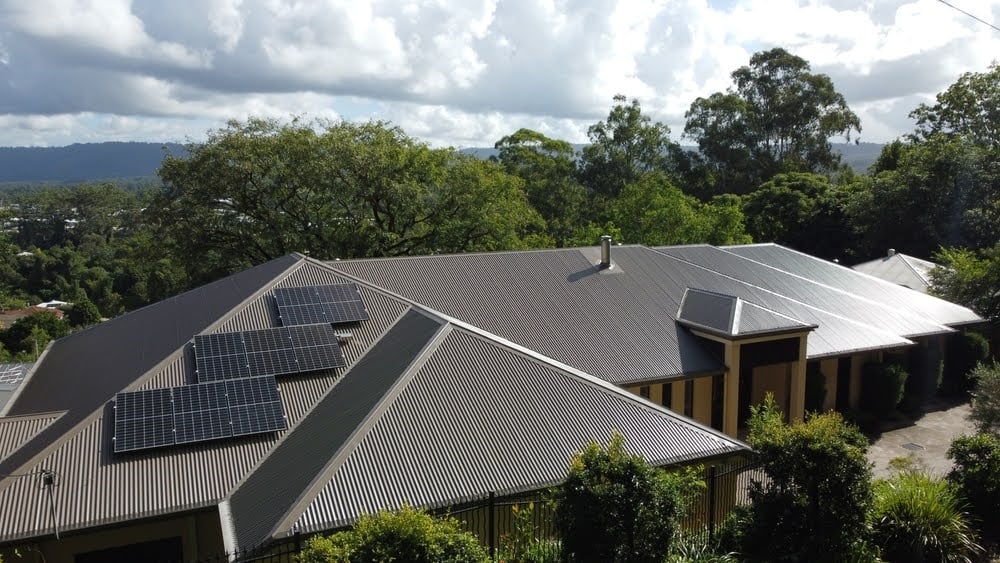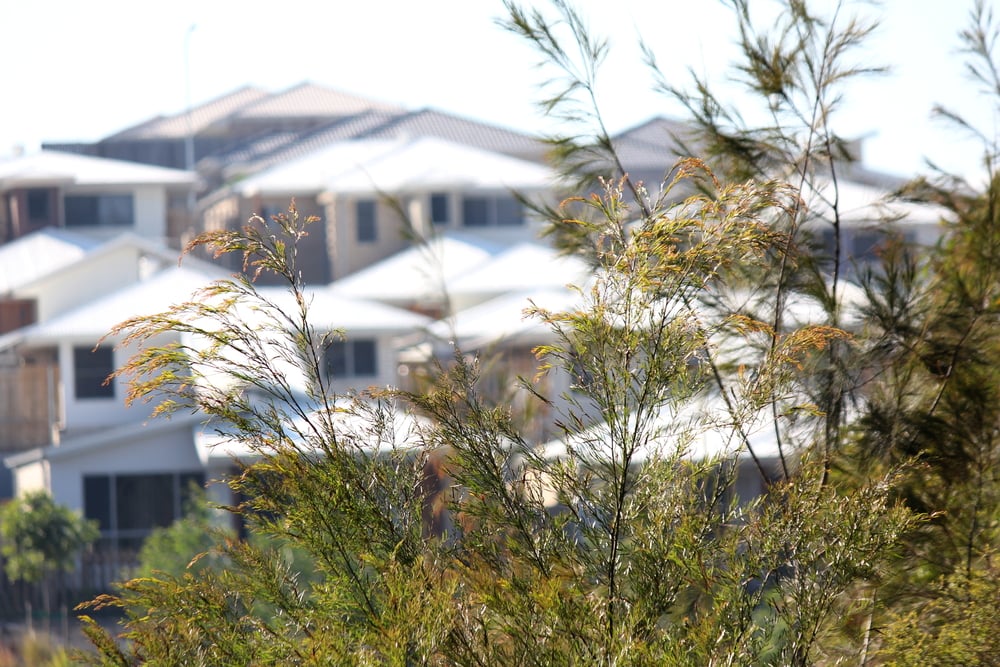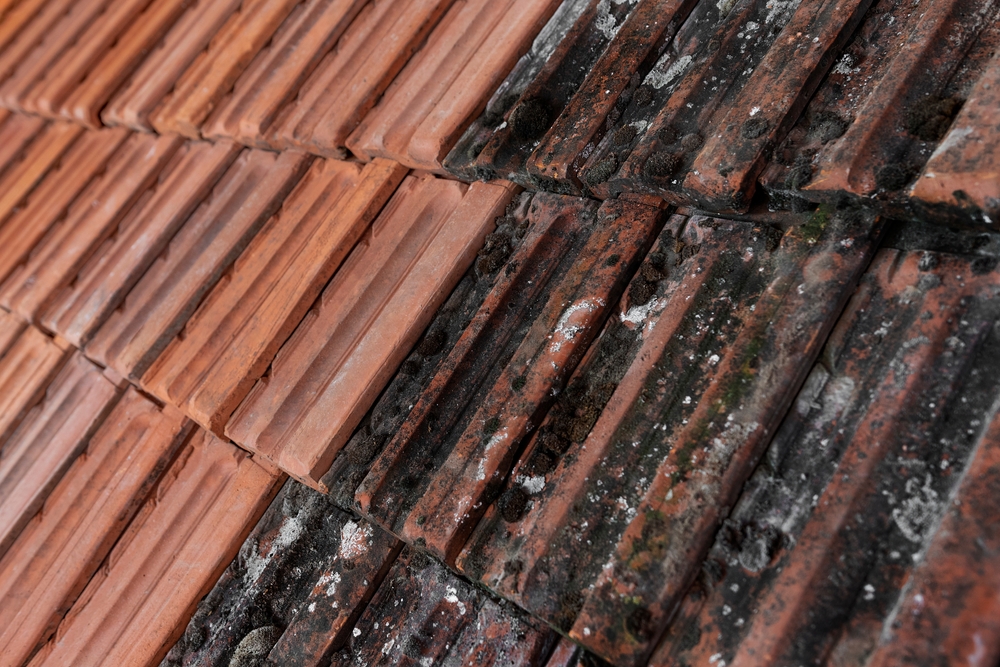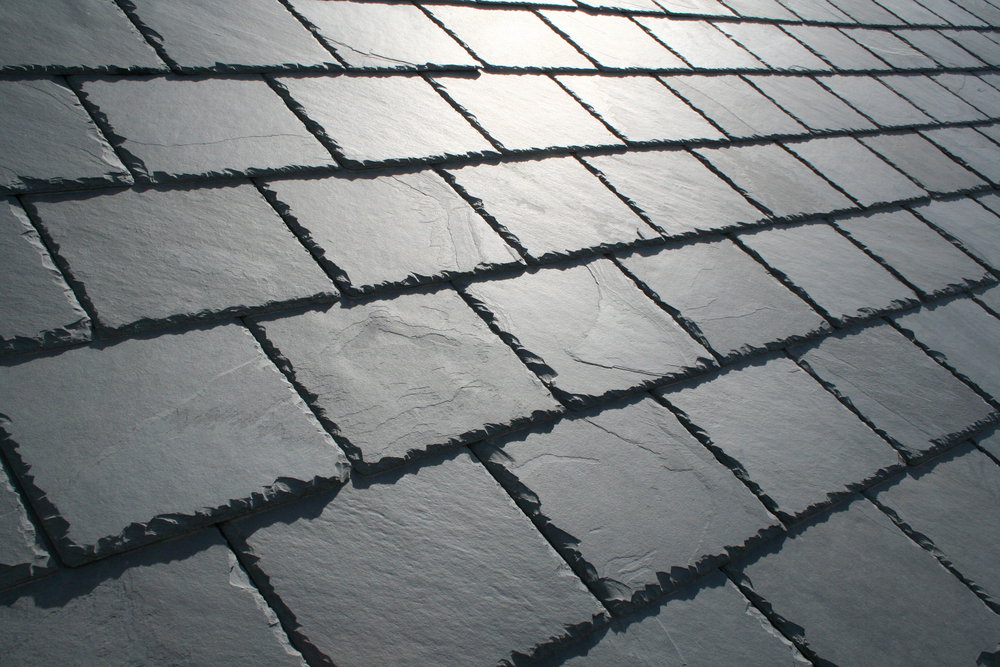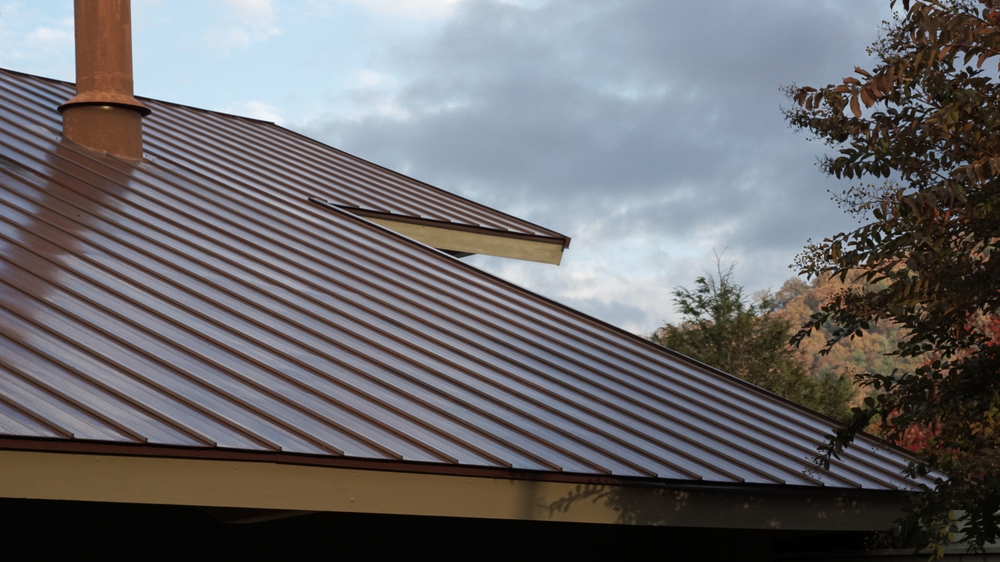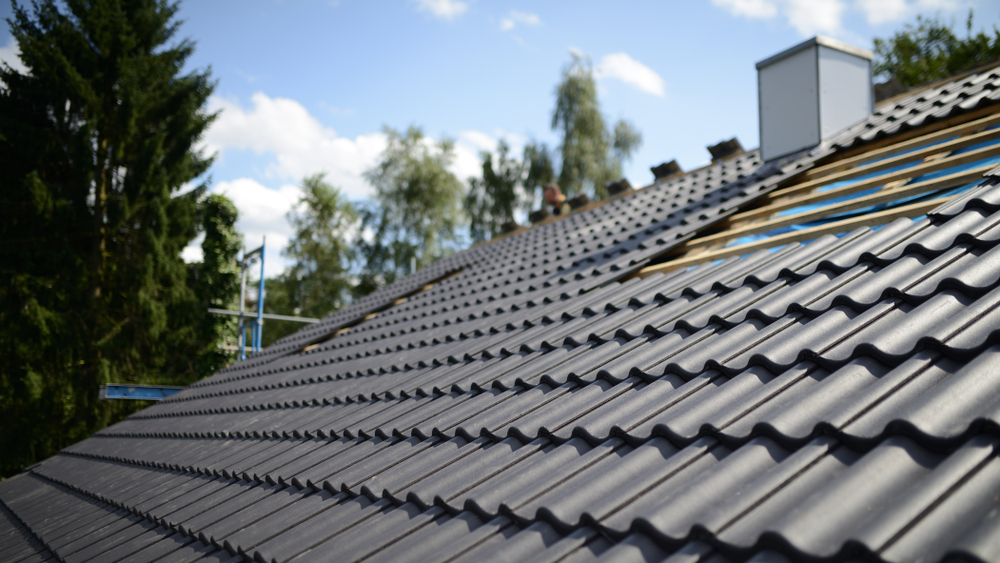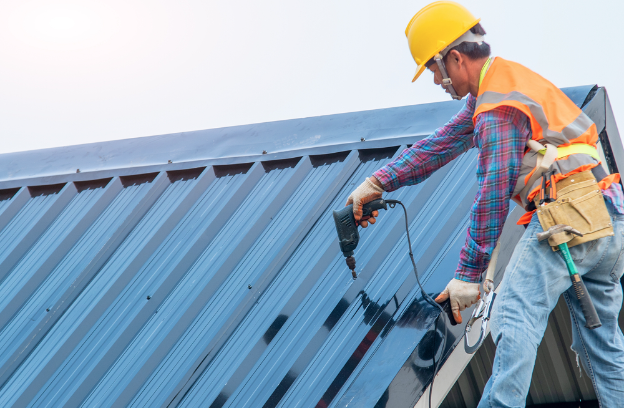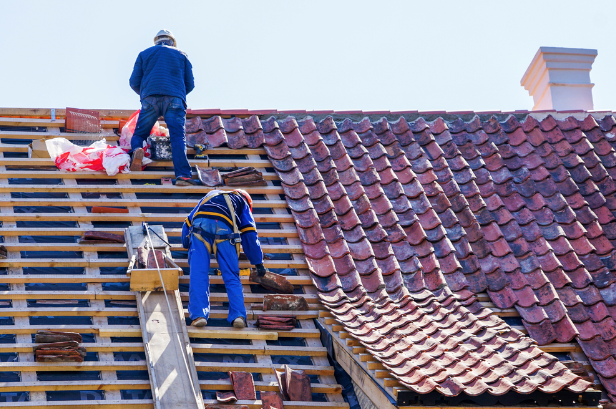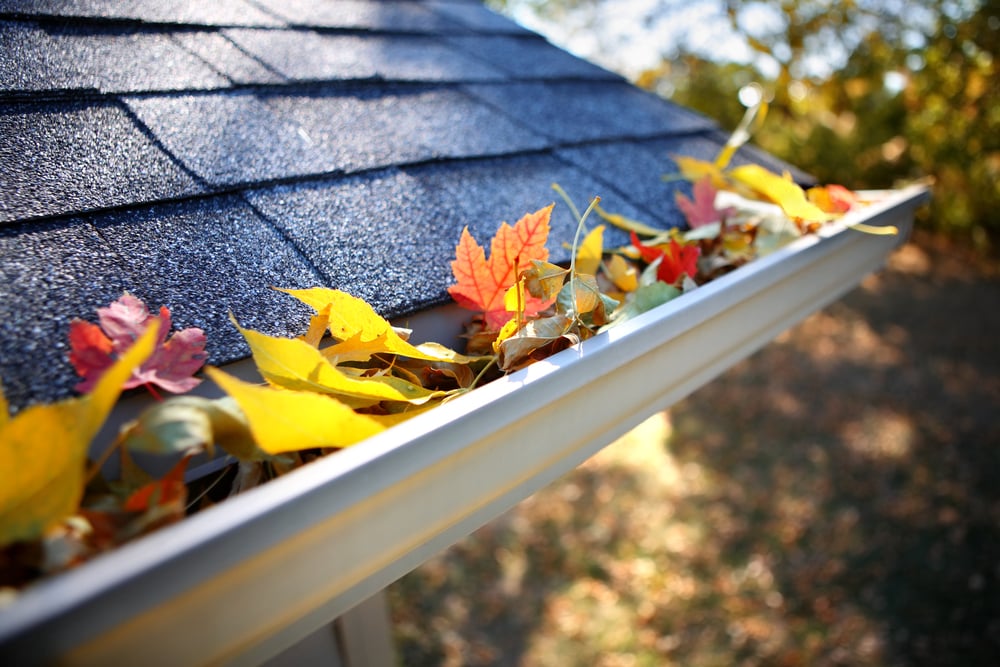
Sep
Removing asbestos: 12 safety precautions to take
Asbestos may no longer be used in building materials due to the range of serious health risks it presents, but that does not mean all homes and commercial buildings are free of it.
While asbestos was not used in domestic building materials since the late 1980s, it actually took until 31 December, 2003, before asbestos and products containing asbestos were outright banned throughout Australia.
If you happen to be residing in a home that was built prior to the 1980s (or even during that decade), there may be the possibility it contains asbestos.

A magnified image of asbestos fibres
What should you do if you find asbestos in your home?
First of all, do not panic. While asbestos can be harmful, it is only when asbestos fibres have come loose that there is a substantial risk. If any asbestos-based building materials are still 100% intact, then any risk is minimised.
However, if you do notice some material containing asbestos is cracked or has sustained any level of damage, then that means loose fibres are more than likely floating around. If this is the case, leave the area immediately (whether it’s the in the ceiling space or a specific room of your home). From there, you will have to decide on how to best approach removing the asbestos material in question.
Removing asbestos
When it comes to removing asbestos from your home, the most ideal option is to have a professional remove it for you. However, if you are insistent on removing the asbestos materials yourself, these are some key precautions you must observe. It's not a choice.
- Wear disposable overalls, hats and gloves
- If at all possible, make sure you’re working in a well-ventilated environment
- Ordinary dust masks are not effective at stopping asbestos particles - you need a disposable, half-face particulate respirator. They should comply with Australian Standard 1716
- Place plastic sheets down where the asbestos will land
- Wet the asbestos first to reduce the chance of asbestos fibres escaping
- Place asbestos gently on the ground; under absolutely no circumstances should you throw or drop it
- Do not break sheets of asbestos
- Do not use power tools on asbestos under any circumstances
- If you need to sweep the area at all, use a wet mop
- When the area is clear of asbestos, vacuum over it. There are high-powered vacuums which are built for asbestos collection
- Dispose of any clothing you wore - place them in a sealable bag and dispose of them, don’t simply wash them
- Once you’re done and all your clothes are taken care of, wash your hands thoroughly and have a proper shower
Again, we strongly recommend you have a licensed professional remove all forms of asbestos from your home as opposed to doing it yourself. The associated health risks that come with removing asbestos can be substantial if not done correctly.
If your roof is comprised of asbestos sheets, Roo Roofing can remove them for you. We are fully qualified to remove and dispose of asbestos materials, and can restore your roof with safe modern-day materials.
To find out more, call us on 1300 734 148.
* Image source:
"Anthophyllite asbestos SEM" by This file is lacking author information. - http://usgsprobe.cr.usgs.gov/picts2.html. Licensed under Public domain via Wikimedia Commons.








